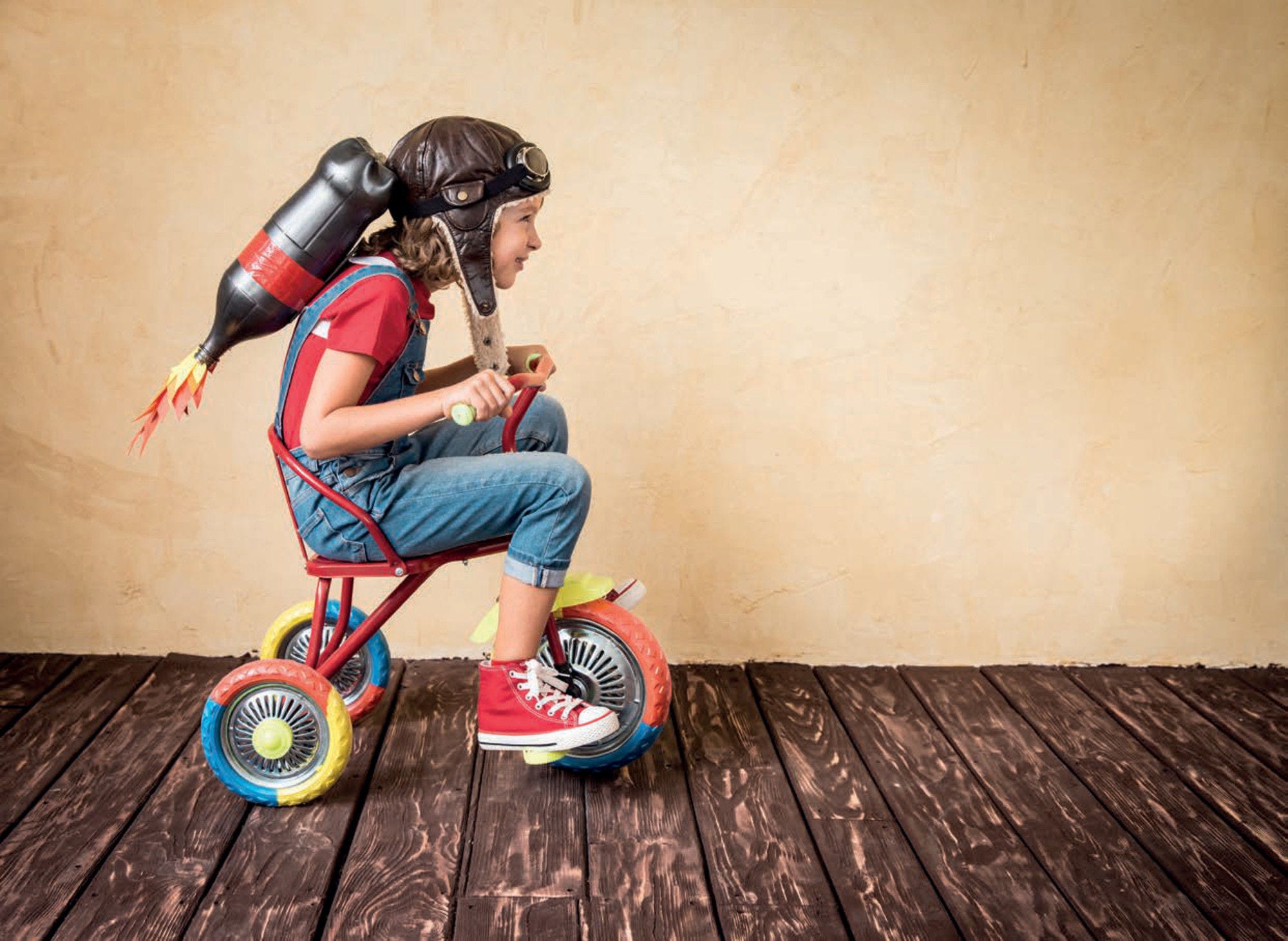The COVID-19 pandemic was a forceful reminder that schools are not just places of academic learning. They are part of the social fabric of our lives, and a large body of evidence sets out the important role they play in ensuring well-being and community. School closures also reminded us of the power of the physical world. The rush to remote learning highlighted not only the immense opportunities of the digital world, but also how essential our physicality is. Humans are social, and thrive on face-to-face connection. A hug emoji is not the same as a hug.
School closures also disrupted access to essential programmes such as free school meals, and governments had to move quickly to provide food or vouchers to families who relied on this to feed their children. As many social services were no longer available due to nationwide lockdowns, teachers and school personnel also had to step in, keeping regular contact with families, especially the most vulnerable.
While the situation experienced during school closures was extreme, it highlighted deficiencies in skills, capacity and resources in education that need to be addressed by policymakers around the world. It also emphasised the ongoing shift in the roles of teachers, from primarily academic provision to a more holistic role in supporting student well-being.
This volume emerges from the Centre for Educational Research and Innovation (CERI)’s 21st Century Children project. This project looks at the nature of childhood in the digital age, and asks the question: How can teachers and schools work together with parents and communities to protect and guide children while still allowing them to be children, make mistakes and take risks?
This publication is a companion volume to Educating 21st Century Children: Emotional Well-Being in the Digital Age (2019). Focusing on the intersection between physical well-being and digital technologies, the report explores the important role of play and risk-taking in learning and child development. It looks at the pressures of modern life and a resulting “pursuit of perfection” in physical, cognitive and academic spheres. It examines how education systems empower children to be informed decision-makers when it comes to their own health and well-being, and how it protects them from harm. It ends with a look at the role of teachers and key partnerships in achieving these aims.
Many of these trends are a continuously moving target, and reports such as this can become quickly outdated. This volume provides an important snapshot at this point in time. The work of education systems around the world is to stay ahead of, or at least on top of, the curve. We owe it to children and youth to separate fact from fiction, and help support them to get the best start in life.
This publication was edited by Tracey Burns and Francesca Gottschalk from the OECD Centre for Educational Research and Innovation (CERI). Tracey Burns conceptualised this volume and leads the 21st Century Children project. Francesca Gottschalk was responsible for coordinating the contributions of the external experts. Simona Petruzzella contributed to the drafting of Chapter 3 and text boxes in other chapters. Sophie Limoges and Leonora Lynch-Stein contributed to the final stages of preparation for publication.
